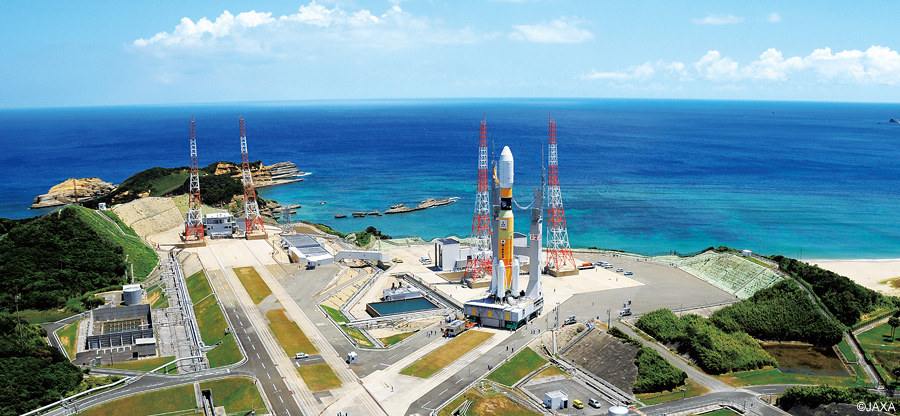Early on Saturday morning, an unmanned cargo spacecraft took off from southern Japan carrying 100 experiments from Australian high school students to the International Space Station (ISS).
The launch marked a major milestone for Cuberider, a start-up created by 23-year-old students Solange Cunin and Sebastian Chaoui that grew with the aid of UNSW – where Cunin studies - and Telstra’s muru-D accelerator.
The 100 experiments that are in transit come from 60 schools across Australia and represent the collective work of 1000 students.
Students have been using a hardware kit that includes a Raspberry Pi and “space sensor board” to code experiments. The kits are understood to cost the schools about $500.
The code was then uploaded to Cuberider, which – together with its partners – tested the coder and loaded it into ‘Module 72’- a coffee-cup sized canister – that is being transported to the ISS.
Once set up in the ISS, the experiments will begin, with data radioed back to NASA, which will eventually make its way back to the students.
The cargo spacecraft carrying the students’ experiments is expected to dock at the ISS in the middle of this week.
One of the overarching aims of Cuberider is to “challenge students to use their imagination, creativity and curiosity to design and code space experiments that teach them about the world they live in and the core concepts of STEM.”
“While the Australian Computer Society estimates that an additional 35,000 ICT professionals will be needed over the next three years to fill the new digital roles that are continually evolving, the number of ICT graduates actually graduating and heading into the workforce is declining,” Cunin said.
“It’s absolutely critical that today’s young people are enthused about careers in STEM and actually want to graduate with the vital STEM skills that will enable them to become the thinkers, innovators, makers, leaders and problem solvers of tomorrow.
“We see it as our mission to excite and inspire young people about STEM, the possibilities that STEM skills offer and the importance of STEM in solving the challenges of the 21st Century.”
While Cuberider is an achievement for the students and teachers and for STEM in Australia, it’s also a milestone for Australia’s nascent space industry.
“Approval had to be sought from 16 nations that take part in the ISS in order for this mission to ‘get off the ground’ as Australia has never before been involved in the ISS,” Cunin said.
“It’s a monumental achievement for Australia and it’s being made by a bunch of 14-year-olds.”
A broad range of projects have been coded to run on the ISS as part of Cuberider.
They include measuring the radiation astronauts are exposed to on the ISS, gauging the change in speed or altitude during an evasive manoeuvre, and using patterns in space sensor data to create visual or audio art.
Students from Sydney’s Trinity Grammar School, for example, want to determine if solar flares impact satellite acceleration.
A team of 25 students worked on its Cuberider project under the guidance of senior school physics teacher Erin Munn.
“The hard part was coming up with an experiment that hadn’t been carried out before, so if it turns out that solar flares cause drag on the spacecraft, it will have a huge impact,” Munn told EducationHQ Australia.
Cuberider promised this would be but the "first of many missions".
"Our goal is to give every high school student at least one space mission each year," Cunin said.









